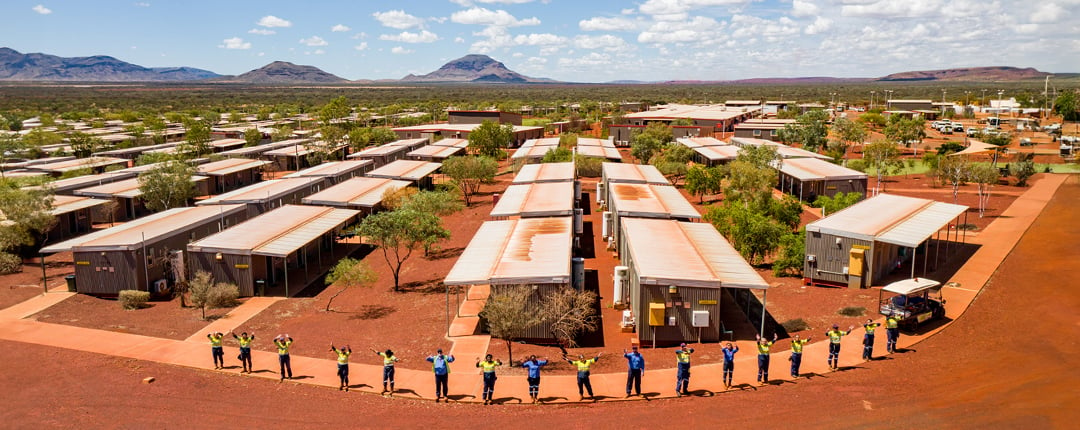IoT Air Quality Monitoring
Context
Sodexo services over 70 mining villages across regional and remote Australia.
As part of our continuous improvement initiatives at a remote site, we identified several factors contributing to mould growth in residential accommodation, such as inadequate ventilation, poor design, ageing assets, and occupant behaviour.
IoT air quality monitoring enabling a healthier, happier, and more productive workforce
Sodexo Solution
Sodexo focused on developing an Internet of Things (IoT) solution to remotely monitor air quality more efficiently and effectively, and to augment physical inspections of site conditions.
Sodexo's proposed solution enabled the client to remotely measure and quantify the levels of air-borne pollutants and subsequently implement measures to improve indoor air quality.
Impact
Achieved Together
The IoT Indoor Air Quality sensors have significantly improved the monitoring and reporting of air quality on-site.
Sodexo has been able to remotely monitor and control humidity, ventilation, and temperature levels, and monitor the effectiveness of dehumidification units installed on site, resulting in an improved resident experience for more than 8,000 guests who have stayed in the accommodation since installation.
